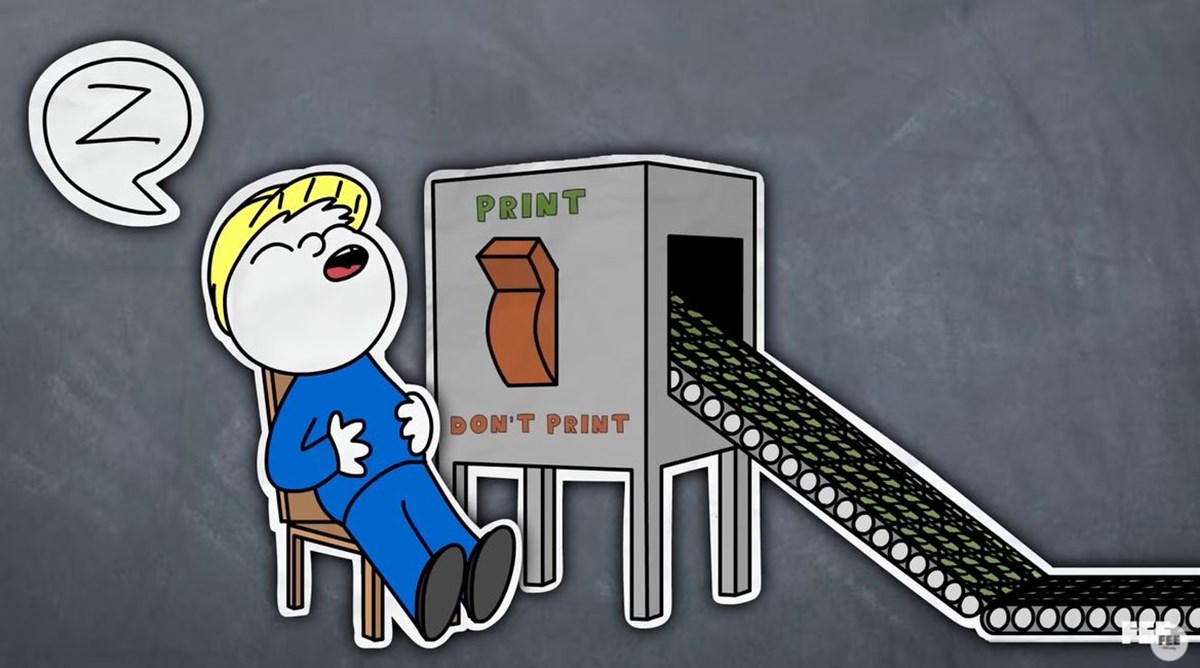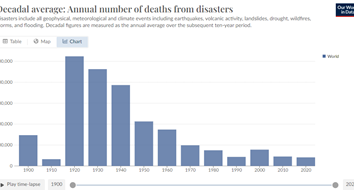The government published new inflation data on Tuesday. The results, unfortunately, are more bad news.
The Wall Street Journal reports that US inflation hit a four-decade high of 8.5 percent in March compared to one year earlier, driven largely by surging food and energy prices, supply chain problems, and increased consumer demand for goods.
“The Labor Department on Tuesday said the consumer-price index—which measures what consumers pay for goods and services—in March rose at its fastest annual pace since December 1981, when it was on a recession-induced downswing after the Federal Reserve aggressively tightened monetary policy,” writes Journal reporter Gwynn Guilford.
Americans hardly need to be told prices are rising sharply. They feel the pain at the pump ($4.32 a gallon for gasoline) and at the grocery store when they pay $4 for a dozen eggs, $3 for a carton of milk, and $18 for a ribeye steak that was $14 a year ago. They feel it when they go out to the local Mexican restaurant and their bill is $20 higher than it was the last time. They feel it when they get a shocking quote for home repairs from a contractor, who apologetically explains those high lumber prices are back.
This is how inflation destroys good people:
— Erich Hartmann (@erichhartmann) April 8, 2022
Our local Mexican restaurant is owned/run by a wonderful Mexican family. Their son is the same age as ours, and we order from there at least once a week. For the past 5 years a total check for 5 entrees + rice/beans has been $90.
1/7
Everyone is feeling the inflation pinch. A recent Wharton School of Business analysis found that the average US household spent $3,500 more in 2021 on goods and services because of inflation.
Inflation is a serious problem with real consequences, which is why it’s so important to understand why it’s happening. Some politicians, such as Sen. Elizabeth Warren, would like you to believe that inflation is caused by corporate greed. But even left-leaning economists from the Obama administration have pointed out Warren’s economics are wildly off base.
You don't need them to tell you what inflation is. You know how bad it is as you try to feed,clothe and shelter your family, pay for gas and other expenses. And you know it is more than they are saying.
— Carol Roth (@caroljsroth) April 12, 2022
This was entirely avoidable and we cannot let reckless policy continue.
The real reason we’re seeing the highest inflation in generations is because of the steps taken by the federal government during the pandemic. In an effort to keep the US economy afloat as politicians shut down the economy, the Federal Reserve began aggressively printing trillions of dollars, swelling the Fed’s balance sheet to nearly $9 trillion in 2021.
"You flooded the system with money," 60 Minutes journalist Scott Pelley said in a 2021 interview with Federal Reserve Chairman Jerome Powell.
"Yes, we did," Powell replied. “That’s another way to think about it. We did.”
The mystery of Inflation.
— Jon Miltimore (@miltimore79) January 17, 2022
"You flooded the system with money."
"Yes, we did." pic.twitter.com/2ClRf97fg7
There was never any question the Fed’s action would cause inflation. The only question was how much. Now we know.
You see, you can’t just print vast quantities of money without consequences. There’s a great episode of Common Sense Soapbox that explains why. In the episode, Bob’s father “Ron” explains that money “doesn’t grow on trees.”
“Why not just pwint mo money?” Bob’s baby brother says. “Den Bob can have some mo.”
Bob’s baby brother is then told why the government can’t just print money to solve its problems.
“Printing more money can be a very bad idea. It results in the money we already have losing its value,” says Seamus. “In the short term, it may not seem like it costs you. But in the long run, it results in all of your money being worth less than it was before. So it’s basically just a hidden tax.”
The federal government took its monetary experiment to new heights during the pandemic, and Americans are now experiencing the results. But in order to solve the problem, Americans need to understand how this inflation arrived.
It’s one thing when Bob’s baby brother doesn’t understand the problem with printing money. Politicians should know better.
This article was adapted from an issue of the FEE Daily email newsletter. Click here to sign up and get free-market news and analysis like this in your inbox every weekday.





